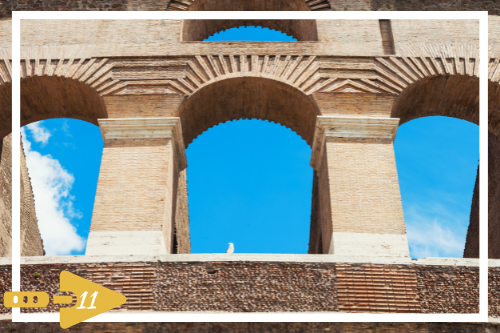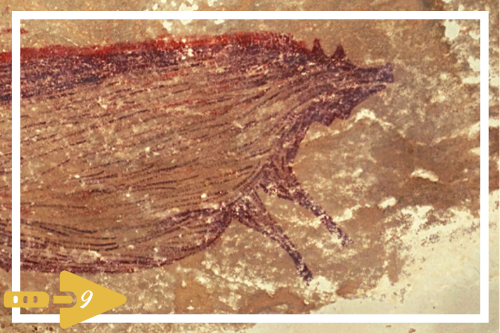
Tools of the Trade
Dr. Arty Fax’s Archy Facts is a weekly blog introducing kids (currently stuck at home) to the exciting world of archaeology!
Last week we learned about what archaeologists study (do you remember without looking back?) and how they use artifacts and archaeological sites to study the past. This week it is all about tools. All the different tools archaeologists use to uncover how people lived in the past.
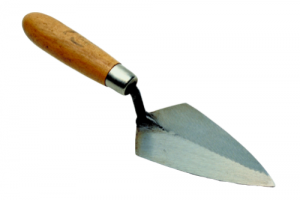 The most common and well-known tool archaeologists have in their tool bag is the simple TROWEL, many archaeologists even have more than one. This is not to be confused with a gardening trowel, which typically has a scooped-shape instead of a flat triangular blade. We borrowed this tool from masons who use it for spreading cement when laying brick. Can you believe it!? Our most-used tool wasn’t even made for archaeology, and you can even buy it at the home improvement store.
The most common and well-known tool archaeologists have in their tool bag is the simple TROWEL, many archaeologists even have more than one. This is not to be confused with a gardening trowel, which typically has a scooped-shape instead of a flat triangular blade. We borrowed this tool from masons who use it for spreading cement when laying brick. Can you believe it!? Our most-used tool wasn’t even made for archaeology, and you can even buy it at the home improvement store.
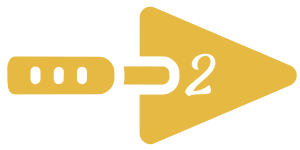 Do you know what archaeological site is pictured at the top?
Do you know what archaeological site is pictured at the top?
Scroll down to find out!
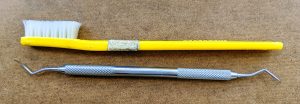 Now of course we use lots of other tools as well, many of them are also borrowed from other professions like a paint brush, dental pick, and tooth brush. Our teeth must be really clean in the field – just kidding! Would you want to put this dirty tooth brush in your mouth? Some of the most important tools we have are a pencil and paper (although today people use smartphones and digital tablets too). Archaeologists write down or record everything, like locations of artifacts and site features and other observations. We also record our interpretations, that is what we think it all means (more on that in a later post).
Now of course we use lots of other tools as well, many of them are also borrowed from other professions like a paint brush, dental pick, and tooth brush. Our teeth must be really clean in the field – just kidding! Would you want to put this dirty tooth brush in your mouth? Some of the most important tools we have are a pencil and paper (although today people use smartphones and digital tablets too). Archaeologists write down or record everything, like locations of artifacts and site features and other observations. We also record our interpretations, that is what we think it all means (more on that in a later post).

Not all of our tools are low-tech like trowels, brushes, and pencils, some are very high-tech like the TOTAL STATION. A Total Station Theodolite is an electronic tool used that measures many things at once, like the distance and elevation of a feature at an archaeological site. Archaeologists use satellite global positioning systems (GPS) and DRONES to map archaeological sites. As time goes on, we develop better and more accurate tools to study the past – sometimes we even go back and reexamine a site in order to apply our new technology, however nothing has replaced the TROWEL as our favorite tool.
Archy Facts @ HOME ACTIVITY
How many of these archaeologist’s tools can you find at home? 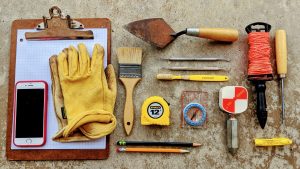
![]()
Colosseum
Rome, Italy

Fun Facts:
The ancient Roman Colosseum was a large sporting arena built by Emperor Vespasian between 72 – 80 AD. The Colosseum could seat 50,000 people and contained many underground passages called a hypogeum. There were even trap doors! This allowed the actors, animals, and gladiators to suddenly appear in the middle of the arena. Talk about some ancient special effects! Graffiti was discovered on the walls, most likely scrawled there by gladiator fans – don’t do that at home!
Read more about the Colosseum here, here, and here.
Want to learn more?
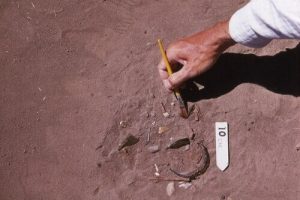
Check out:
Dig Deeper: What Tools Do Archaeologists Use?
Archaeology 101 Exhibit


